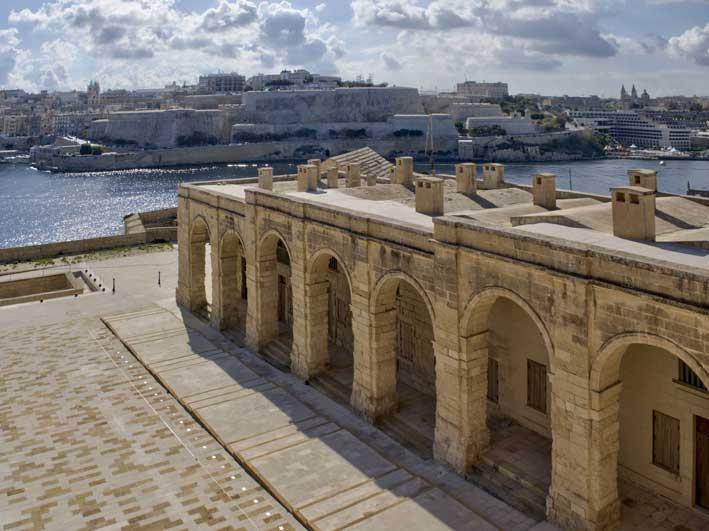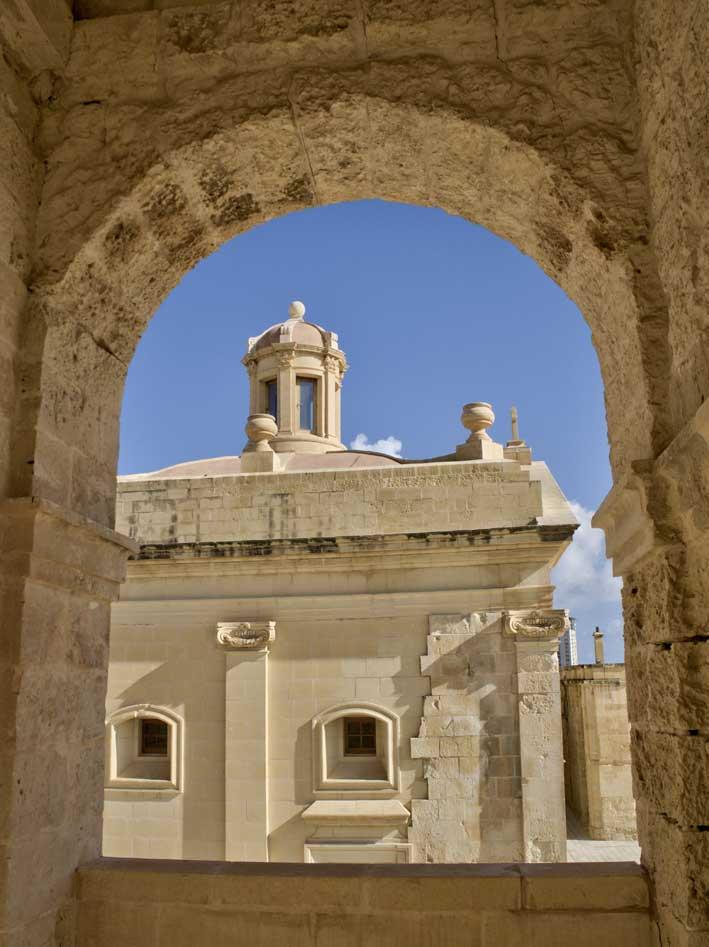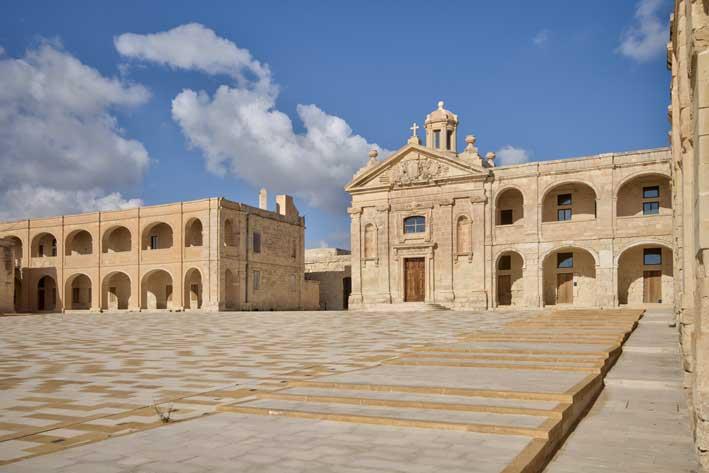The latest series of restoration projects by MIDI plc at Tigné Point and Manoel Island - worth over €21 million - has been concluded.
The conservation works undertaken by MIDI plc are one of the largest private restoration initiatives for local heritage ever carried out by a private company in Malta.
The projects, which kicked off in 2000, saw two decades of studies, planning and conservation works by a team of experts.

This restoration project has brought the magnificent Fort Manoel, Fort Tigne, Tigne Barracks, the Garden Battery and a number of other heritage assets at Tigné Point and Manoel Island back to their former glory. Other restoration works are expected to follow.

The laborious and intensive restoration of various important heritage sites began with the successful restoration of St Luke's Garrison Chapel at Tigné where a foundation stone traces the chapel's origins right back to January 16, 1910. Once restored the chapel then served as MIDI's head office for a number of years and is now used as an office for a local company involved in the maritime and hospitality industry.

Concurrently, the long rehabilitation process began on Fort Manoel, which following the departure of the British, was left in a state of neglect for many years and subsequently damaged by a combination of vandalism and neglect. It lay forgotten and abandoned until Midi plc took on this mammoth project, benefitting hugely from the attention and detail given to its restoration.

New life was breathed into Couvre Porte standing proudly looking out to Valletta in all its beauty, while the recently restored quadrangle is majestic in the space it offers, as are the parade ground, the arcade and the Polversita. The small but perfectly renovated Chapel of St. Anthony of Padua was also completed at great investment since it was partly destroyed following a direct hit during world war II. The counterscarps which form part of the outer fortifications of the Fort Manoel, have also been completed. Built in the 1720s, possibly early 1730s, these protective walls are largely rock cut rather than built given their location and topography. Their main purpose was to serve as opposing walls to the enceinte across the ditch and to accommodate the covert staircases.
Then there is the beautiful St George's funerary Chapel. Following years of dilapidation, the chapel has today been meticulously restored to its former self. During the restoration process two fragmented but original tombstones were found strewn inside the chapel and these have now been restored and mounted within. This ancient chapel formed part of the Lazzaretto quarantine hospital in Manoel Island along with the recently restored cattle shed where livestock used to be kept in quarantine.

Interestingly and lesser known, is the fact that the Lazzaretto is not one building, but a collection of structures dating to different periods between 1643 and 1836. It was not built as a plague or isolation hospital but as a maritime quarantine station for the seclusion in quarantine of healthy, and normally wealthy, ships' passengers, their retinue and chattels. A part of the Lazzaretto, known as the Profumo office, was, at one time, used for the fumigation of incoming mail. The Lazzaretto fell to other uses once it had ceased to be needed for quarantine.
The plague hospital, which is of a much later construction, was a different building altogether, and was situated west of the Lazzaretto. All that remains of this is the one-time superintendent's house, later used as a customs house and an associated small chapel. Both structures will also be restored by MIDI plc.
Incidentally, the Lazzaretto is not the oldest surviving construction on Manoel Island - that would be the cattle quarantine shed erected just outside the Lazzaretto divisions and later used as a beer distribution centre, which, as the name suggests, was used for the quarantine of cattle imported into Malta.

Fort Tigné has also been restored to its former glory. Originally built in 1792 to the design of the Order of St John's chief engineer, Stefano de Toussard, the objective of this fort was to strengthen this particular promontory against possible attacks from sea and land. The restoration project for this Fort foresees the revitalization of this unique 18th century edifice in order to house a number of cultural and commercial activities, as well as to restore and maximise accessibility to what was, until recently, an abandoned and derelict ruin.
The Garden Battery at Tigné Point which was constructed in 1894 also received much needed professional attention when it was rediscovered by Midi, retaining and restoring as much of it as possible at the additional cost of €7 million. MIDI's restoration of The Garden Battery was last year recognized for its outstanding restoration works during the 14th edition of the Architectural Heritage Awards, organized by local culture and heritage NGO, Din l-Art Helwa.
This area originally provided protection for the seaward side of Tigné Point while bridging the gap between Fort Tigne' and the Cambridge Battery. The decision by Midi to retain, preserve and breathe new life into the battery while seamlessly incorporating it into the plans for the Tigne Point development, will now form part of a heritage trail which will link Fort Cambridge to Fort Tigne connecting to an uninterrupted pedestrian promenade around the Tigne Point peninsula, from Qui-Si-Sana to Tigne Seafront.
Through this project, historically important sites that were formerly neglected have been preserved.